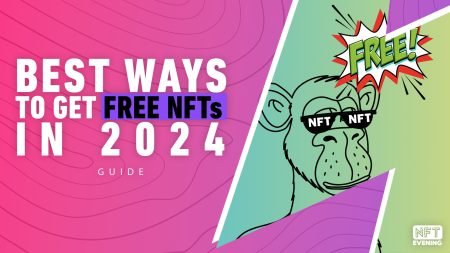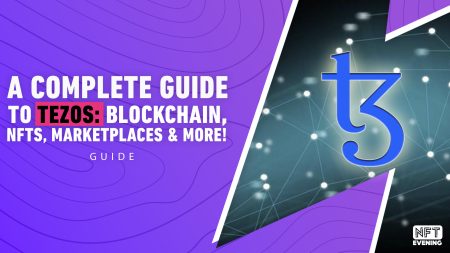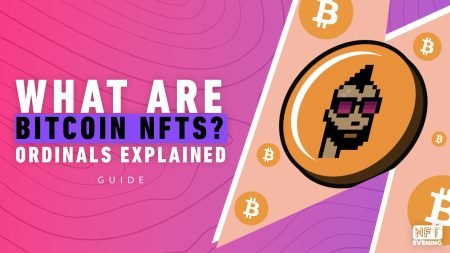NFT gas fees, or transaction fees, are the bane of any NFT collector on Ethereum. While some blockchains offer the benefits of little to no gas fees, ETH gas prices can get up to thousands of dollars –just for buying a single NFT. Obviously, for new investors, the high transaction costs (a.k.a. crypto gas fees ) are a serious damper.
Some buyers, for instance, have lost more than $2000 in gas fees while trying to buy the latest hyped mint. But how does this happen? And why are buyers willing to gamble their crypto away on failed transactions? Well some marketplaces, like Opensea, have measures in place to lower NFT fas fees. Some NFT collectors have found innovative ways to ensure the cheapest gas fees possible.
While there’s quite a lot to it, let’s begin with : what are gas fees exactly? Moreover, what determines their price?
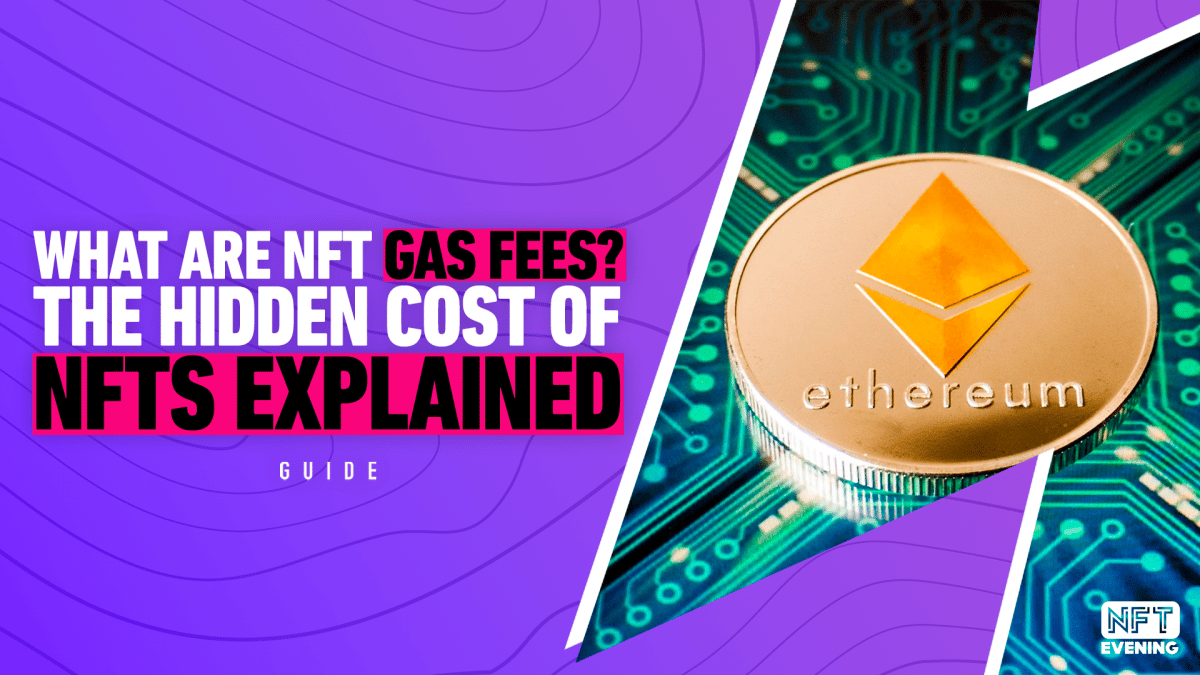
What Are NFT Gas Fees?
Gas fees are transaction costs on blockchain networks, like Ethereum, paid by users to process transactions and execute smart contracts. They allocate computational resources, incentivize miners/validators, and enhance network security by deterring spam. Users set a gas price, measured in units like gwei, to determine fees, with higher prices leading to faster transaction confirmations.
These fees are crucial for the network’s operation, ensuring fair resource allocation and incentivizing participants. In summary, gas fees are essential to maintain blockchain functionality and security. All this while allowing users to prioritize transaction speed based on their willingness to pay.
Understanding NFT gas fees is crucial due to their fluctuation, depending on network traffic and transaction complexity. Transactions demanding more computational power incur higher gas fees. During peak network activity on Ethereum, NFT transactions also lead to increased gas fees. In essence, an NFT gas fee is the payment made to blockchain miners for processing and embedding a transaction within the blockchain.
As Ethereum’s popularity has grown, the term “gas fees” has extended to cover fees in other cryptocurrencies, various blockchain activities, and NFT-related charges. These fees are integral to ensuring the smooth operation of blockchain networks and incentivizing miners to maintain the network’s security and functionality.
Does minting an NFT cost money?
Yes, minting an NFT (Non-Fungible Token) typically incurs a cost. Minting refers to the process of creating an NFT by tokenizing a digital asset, such as an image, video, or piece of music, on a blockchain. This process often involves fees, which can vary depending on the blockchain platform you use.
The primary cost associated with minting an NFT is the gas fee, which is the transaction fee paid to the network’s validators or miners for processing and recording your NFT on the blockchain. Gas fees can fluctuate based on network activity and the blockchain platform. Ethereum, for example, is known for its gas fees, especially during periods of high demand.
Additionally, some NFT marketplaces may charge a small fee or a percentage of the sale price when you mint and list your NFT for sale on their platform. These marketplace fees can vary between platforms.
How are NFT gas fees calculated?
Gas fees in blockchain networks, including those for NFT transactions, are calculated based on the computational resources required for each transaction and the demand for block space within the network.
The exact cost of the gas fee varies depending on the complexity of the transaction and the network’s congestion. During high-demand periods, such as when NFT markets are bustling, gas fees tend to rise as miners can charge more for their services. Conversely, when network activity is low, gas fees become more affordable.
It’s crucial to monitor gas fees, especially on platforms like Ethereum, where they can fluctuate dramatically. Some NFT marketplaces offer tools to estimate gas fees beforehand, allowing users to set maximum fee limits. Additionally, the concept of “lazy minting” lets artists create NFTs without immediately putting them on the blockchain, deferring the associated gas fee payment.
How Do I Calculate NFT Gas Fees?
An ETH gas tracker is a tool used to monitor real-time Ethereum gas prices, which constantly change due to network activity and transaction types. Gas prices reflect the volume and nature of transactions on the blockchain. With different transaction types consuming varying amounts of gas and impacting network congestion differently. For instance, basic ETH transfers are usually cost-effective and have minimal network impact, while deploying smart contracts or minting NFTs during high demand can lead to rapid gas price surges.
Regularly checking the current Ethereum gas price before initiating transactions is essential for cost savings and ensuring timely processing, particularly for active DeFi users. Additionally, understanding Ethereum gas prices offers insights into market dynamics and network sentiment. Higher gas prices often indicate heightened network activity and potential noteworthy events.
With the constant fluctuation, it may sound difficult to stay ahead. Luckily, you can also use various free analysis tools to understand the state of the blockchain at various times. These tools will show you the current price of a transaction in real time. Etherscan has a handy gas tracker you can is is what we call NFT Gas Wars. To learn about what check out here. Another such example is Ethereum Price.
Why Are NFT Gas Fees So High?
Ethereum gas prices resemble traffic on a highway: less congestion and smoother at 2 AM, but gridlocked during rush hour. In crypto networks, prices rise as more users seek to process their transactions. These gas prices depend on supply and demand dynamics. Ethereum users create the demand while network validators supply confirmed transactions.
Modern Ethereum wallets allow users to customize gas fees. This is akin to choosing a first-class airline ticket for faster service. However, lower gas fees may risk transactions getting stuck in the mempool, a repository of unconfirmed transactions, if gas prices increase. Transactions remain in mempool limbo until gas costs decrease enough for confirmation, or they may fail if the fee is too low.
Several factors contribute to gas fee fluctuations. These include Ether’s price oscillation, as rewards are paid in ETH, and shifts in transaction confirmation demand, with higher volume and urgency leading to increased prices.
Hyped mints are often competitive and, unfortunately, the gas price will reflect that. NFT gas prices can reach the thousands just to mint a single NFT. Meanwhile, the less fortunate minters get stuck with failed transactions, lost gas fees and no NFT to show for it.
Example: Otherdeeds Land Sale
During the Otherdeeds land sale in May 2022, BAYC intended to avoid gas wars with no Dutch Auction but experienced the opposite. When the sale started, Ethereum gas prices surged instantly, with users paying around 2.26 ETH (approximately $6,200) for just two plots. Despite high gas fees, BAYC made $245 million in revenue two hours after the launch, surpassing projections. Landowners listed their Otherdeeds on OpenSea, with a floor price of 7.89 ETH ($21,900 per plot), potentially yielding a 125% profit.
To prevent high gas fees in future NFT mints, suggestions include avoiding ERC721Enumerable and using ERC721A contracts, significantly reducing gas usage. Yuga Labs, the team behind BAYC, acknowledged the unexpected demand and potential blockchain migration to address scalability issues. Users with failed transactions were offered refunds for gas fees.
To find out more about what to do in that situation, check out our guide on NFT Gas Wars.
How Can I Avoid High NFT Gas Fees?
While you can’t entirely avoid gas fees on the majority of blockchains, the good news is that there are many ways to reduce the amount paid. Let’s take a look at some of them.
1. Look For Low Network Demands
To avoid high NFT gas fees, monitor network demand and select periods with lower activity for minting or trading. Gas fees fluctuate based on transaction complexity and demand. Therefore, choosing off-peak times when network traffic is lower can result in more affordable fees. Additionally, consider using NFT marketplaces or platforms that offer fee estimation tools. These allow you to make informed decisions and optimize your transactions for cost-efficiency during periods of lower network demand.
2. Alternative blockchains offer low or no NFT gas fees
The Ethereum blockchain has the highest network activity, and therefore the highest fees. That’s also due to its status as a proof of work blockchain–at least until the Merge.
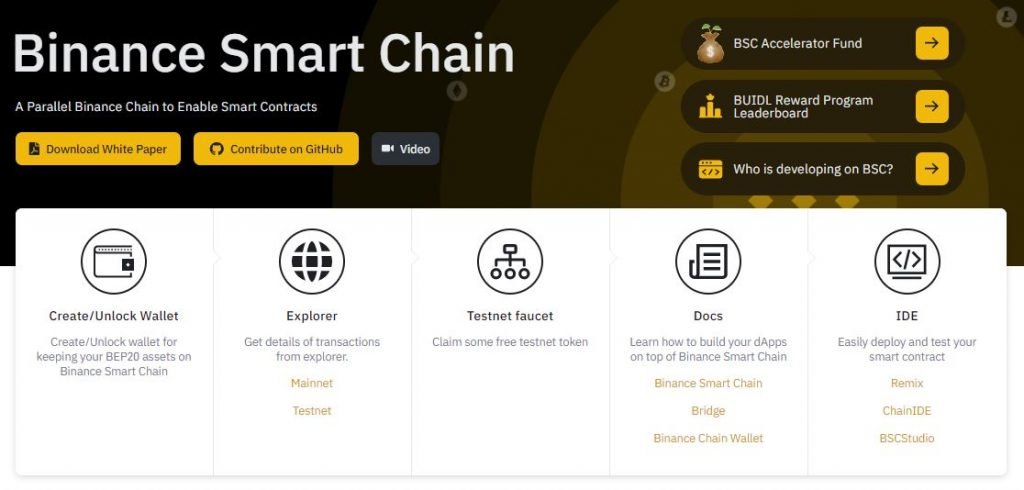
Tezos and Binance Smart Chain are reliable and support smart contracts–the technology necessary to create NFTs. As Tezos uses the Proof-of-Stake model, it not only offers gasless transactions but also a low carbon footprint. Meanwhile, the WAX blockchain has established itself as the leading decentralized network for entertainment and video games.
3. Set A Gas Fees Limit
Utilizing the gas limit allows you to optimize NFT gas fees by selecting the desired fee quantity for transactions. Interestingly, you also have the option to adjust the gas limit to match your transaction requirements. Another crucial element in the discussion of ‘how to calculate NFT gas fees’ revolves around the gas fee limit.
This limit represents the maximum gas expenditure for a specific transaction. A higher gas limit prioritizes your transaction over others with lower gas limits. The flexibility of setting a gas fee limit empowers you to exert control over transaction costs.
4. Combining transactions can save gas too
Another simple way to save gas is by combining related transactions. This is because the amount of gas varies depending on the type of transaction.
Let’s look at an example. Say you hold multiple tokens at different addresses – address A and address B – and want to send all the tokens to address C. If you transfer the tokens from each address separately, you will have to pay the gas price twice. However, if you were to transfer tokens from A to B, and then make only one transaction from B to C, you will only have to pay half the gas price.
5. Use Layer 2 Solutions
Layer 2 solutions and Ethereum sidechain platforms exist simply to overcome the limitations of Ethereum. Essentially, these are separate blockchains built on the Ethereum network that are faster, cheaper or both.
One such important protocol is Polygon, which has been steadily attracting many projects, especially among blockchain game developers. Fully compatible with Ethereum, Polygon offers fast and low-cost transactions.
It can also be a good idea to switch to other frameworks like Polygon, or even LOOM, and SKALE for now. Along with low crypto gas fees, these also come with the security of the Ethereum network.
4. What are gas tokens?
Gas tokens let you tokenize gas. Simply put, you can mint gas tokens when gas prices are low and then use/redeem them when the prices are high. When you redeem a gas token, you will be refunded in ETH, which you can use to pay for your gas expenses.
A good example of this service is GasToken.io. GasToken works in a simple way: first, when gas prices are low, you mint a token by saving data in GasToken contract’s storage. Then, when the prices go up, you use up these tokens by sending them to the GasToken contract. Here, they will be destroyed, and you will get a refund for the fresh transaction.
However, it should be noted that gas tokens are not the most ideal solution for reducing gas fees. In fact, they clog Ethereum’s state size and currently, there are plans to stop the refund system entirely.
What time are NFT gas fees lowest?
Gas fees on the Ethereum blockchain follow a supply and demand dynamic, driven by miners’ need for rewards to process transactions. To identify the lowest Ethereum gas fees, consider days and times when network activity decreases.
Typically, Ethereum transaction fees peak between 2 and 6 PM UTC, while the lowest fees occur early in the morning, around 1:00 to 2:00 UTC, and late at night, between 9:00 and 11:00 UTC. Gas fees often dip during weekends when fewer people are working, especially on Saturdays and Sundays.
Keep in mind that gas fees fluctuate based on ETH price and network congestion, and you can monitor real-time gas prices in gwei on Etherscan.
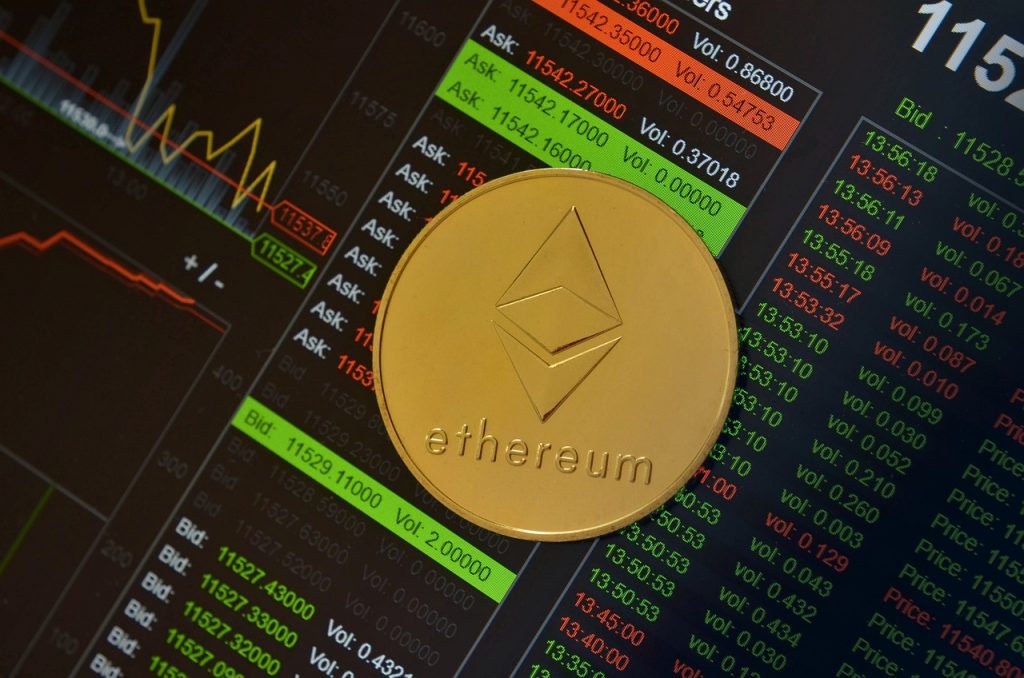
To learn more about the quietest times, make sure to read our guide on when to buy NFTs.
Can I mint an NFT for free?
While most NFTs cost money to mint, there are some ways to mint NFTs for free. Some chains or projects offer unique ways of minting NFTs when you’re on a budget.
You can mint a POAP for free
- POAP: Poap, or Proof of Attendance Protocol, allows you to mint NFTs on the xDAI chain for free! These simple NFTs serve as digital memories of web3 events in the real world and the metaverse. POAP badges are a firm favorite of the NFT community. Moreover, many NFT conferences and projects incorporate them into their events. Minting a POAP is completely free and available via their website.
- Lazy Mint: Lazy Minting is a feature used by several NFT marketplaces, but was originally made famous by Opensea. In short, it allows you to upload your NFTs to the marketplace without paying the gas required to mint them. Then, the marketplace will only mint the NFT as soon as someone decides to purchase it. Essentially, this saves the waste of energy and money minting NFTs no one wants.
Is Opensea Gas Free?
No, unfortunately, Opensea gas is not free. To buy an NFT, it costs gas. To sell an NFT, it costs gas. It even costs gas fees to list an NFT for sale for the first time. Buying and selling NFTs can be an expensive business.
Opensea one time gas fee: what is it?
If you are listing NFTs, you must only pay a gas fee once per collection. This can ve very handy for those launching their first collection. Then, using the aforementioned lazy minting feature, newbies can avoid wasting money on lost minting fees with no guarantee of a sale.
The Way Forward for NFT gas fees
The future of gas fees in the world of NFTs appears promising with the advent of gasless NFT minting solutions. Currently, the traditional minting process involves paying substantial gas fees, deterring many from participating in the NFT ecosystem. These fees cover transaction execution, computational costs, and platform fees, typically quoted in native cryptocurrencies like ETH, often reaching $50-$200+ during network congestion.
Gasless NFT minting introduces accessibility and affordability to the NFT creation process. Two emerging approaches make this possible: prepaid gas stations and gas validators. Prepaid gas stations preload wallets with ETH to subsidize user minting. Meanwhile gas validators validate transactions without requiring gas fees from the minter, with costs covered by the platform.
This innovation is poised to attract a broader audience to NFTs, removing the need for crypto knowledge or wallets. As gasless minting matures, it is likely to drive increased participation from creators and communities, potentially prompting leading projects to adopt gasless models and fostering inclusivity. Beyond NFTs, gasless transactions could accelerate adoption across decentralized apps, gaming, social networks, and Web3, ushering in a future where blockchain interactions are gasless and accessible to all.
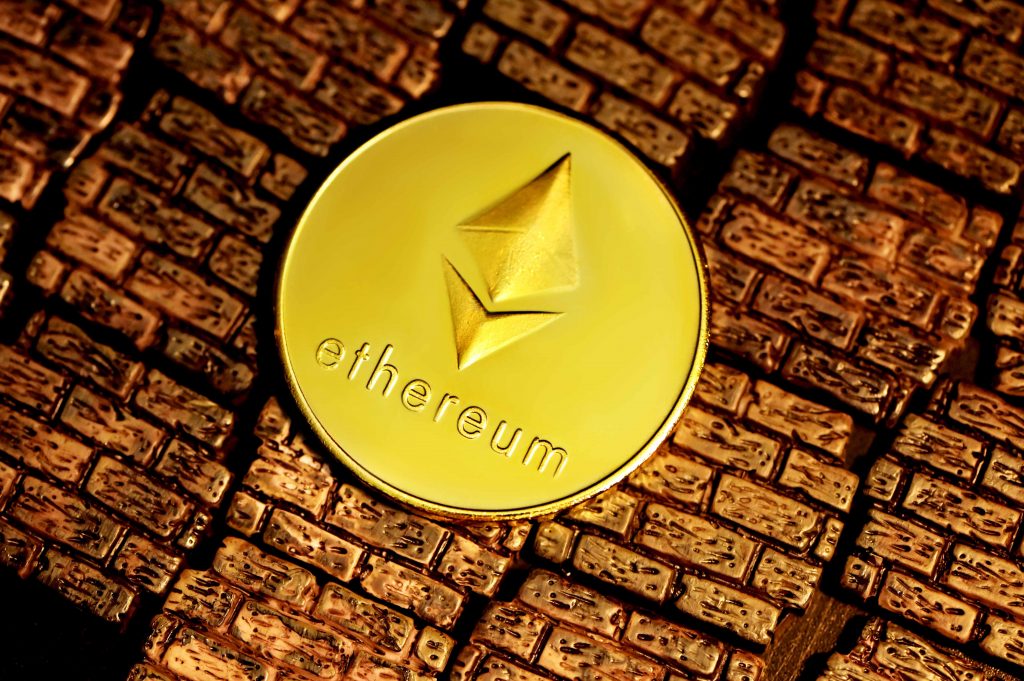
All investment/financial opinions expressed by NFTevening.com are not recommendations.
This article is educational material.
As always, make your own research prior to making any kind of investment.


